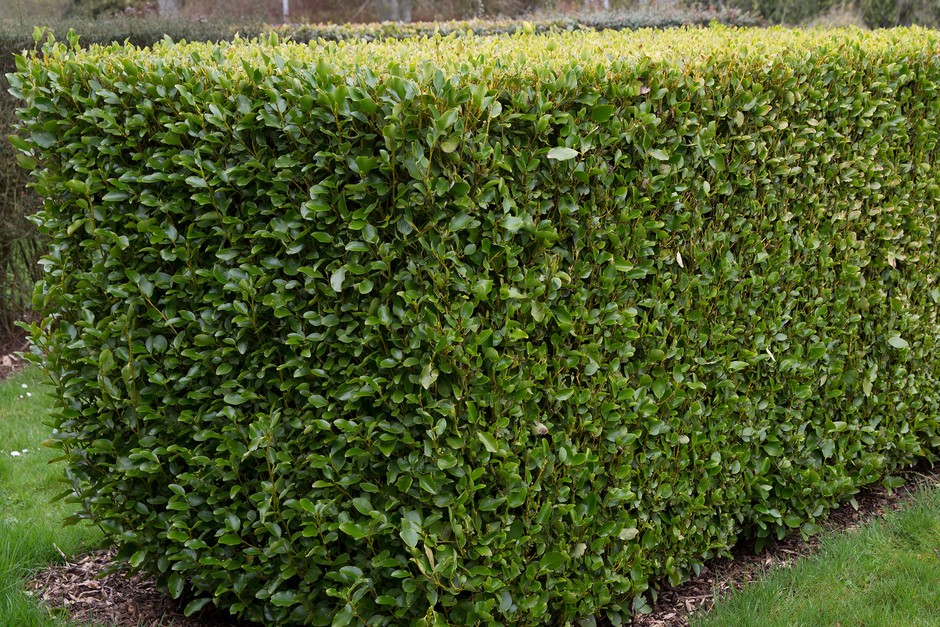Griselinia, with its vibrant, glossy green leaves, is a popular choice for creating hedges in gardens and landscapes. While this evergreen shrub is prized for its beauty and resilience, it is not without its share of potential problems. Understanding these issues and how to address them can help maintain healthy and thriving Griselinia hedges in your outdoor space.
Common Problems with Griselinia Hedges
1. Frost Sensitivity: Griselinia can be sensitive to frost, especially when young. Prolonged exposure to freezing temperatures can cause damage to the foliage, resulting in browning or blackening of leaves.
2. Pests: Like many plants, Griselinia can fall victim to various pests such as aphids, scale insects, and caterpillars. These pests can cause damage by feeding on the leaves, resulting in wilting, discoloration, or stunted growth.
3. Diseases: Griselinia hedges are generally hardy but may be susceptible to certain diseases, including fungal infections like powdery mildew or leaf spot diseases. These can manifest as white or gray powdery patches on leaves or as dark spots and lesions.
4. Poor Drainage: Griselinia prefers well-draining soil. Excessive moisture or poor drainage can lead to root rot, causing the leaves to yellow, wilt, or drop prematurely.
5. Environmental Stress: Factors like prolonged drought, excessive heat, or inadequate sunlight can stress Griselinia plants, making them more susceptible to various issues, including leaf discoloration and reduced growth.
Solutions and Preventive Measures
1. Protection from Frost: Cover young Griselinia plants during frosty weather or provide temporary insulation using horticultural fleece. Planting Griselinia in sheltered areas can also offer some protection.
2. Pest Control: Regularly inspect your Griselinia hedge for signs of pests. Treat infestations using appropriate insecticidal soaps or horticultural oils. Encourage natural predators like ladybugs that feed on aphids to help maintain a balanced ecosystem.
3. Disease Management: Proper pruning to increase airflow within the hedge can prevent fungal infections. Applying fungicides when necessary, especially during humid conditions, can also help control diseases.
4. Improving Drainage: Ensure proper soil drainage by amending heavy soils with organic matter and avoiding overwatering. Installing drainage systems or planting Griselinia on raised beds can assist in preventing waterlogging.
5. Environmental Considerations: Maintain optimal growing conditions by providing adequate sunlight, watering during dry periods, and mulching to retain soil moisture. Consider providing shade during extreme heat to prevent stress on the plants.
6. Regular Maintenance: Pruning your Griselinia hedge in late spring or early summer can promote healthy growth and maintain its desired shape. Remove dead or damaged branches to encourage new growth.
7. Choosing Resilient Varieties: When planting Griselinia, select cultivars known for their resilience to specific environmental conditions prevalent in your area.
Conclusion
While Griselinia hedges can face various challenges, proactive care and preventive measures can significantly mitigate these problems. Regular monitoring, proper maintenance, and addressing issues promptly are key to ensuring that your Griselinia hedge thrives and remains an attractive feature in your garden or landscape. By understanding these common problems and implementing appropriate solutions, you can enjoy the beauty and benefits of this stunning evergreen shrub for years to come.




